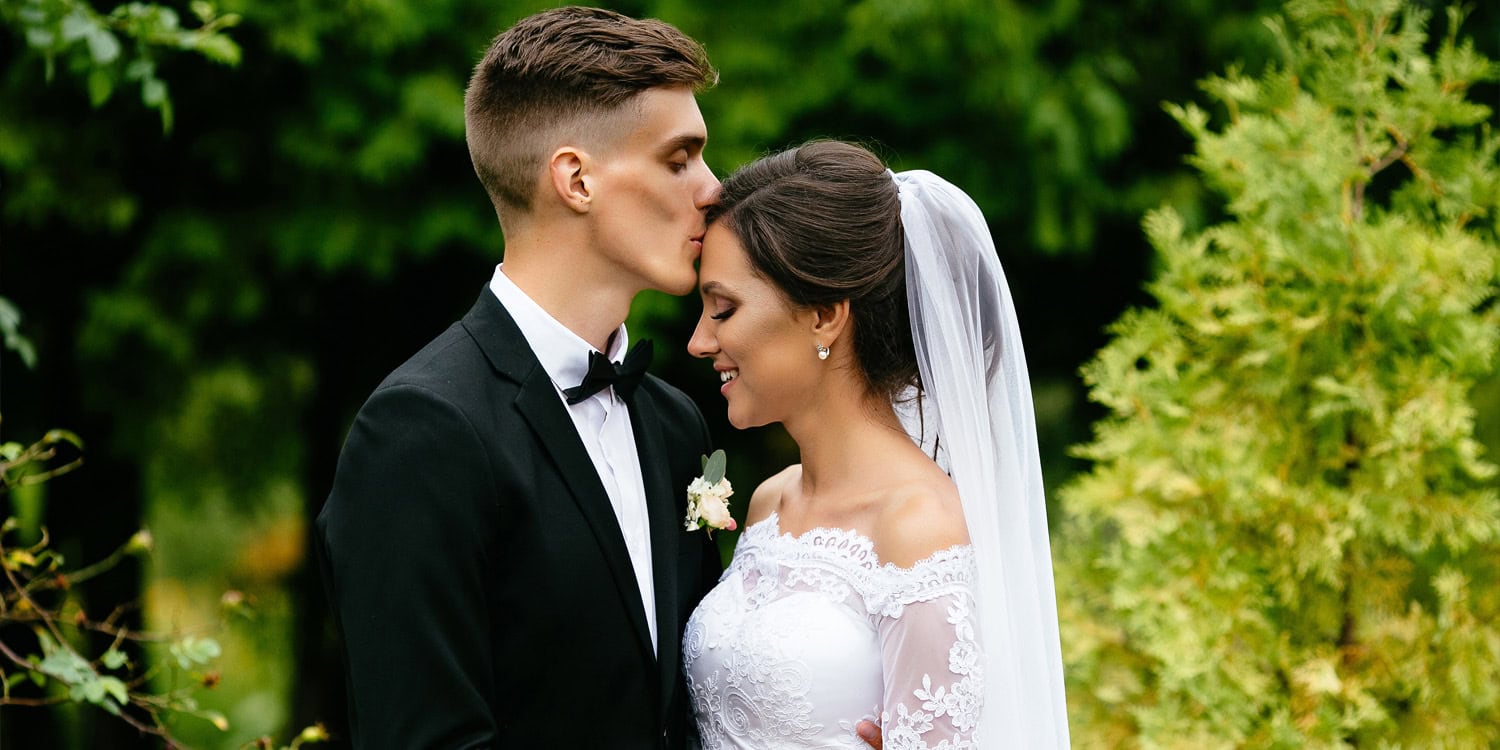Marriage is associated with increases in sexist attitudes shortly after marriage, particularly in men’s hostile sexism and women’s hostile and benevolent sexism, according to a study published in Sex Roles.
Hostile sexism reflects antagonistic beliefs about women gaining power at the expense of men, while benevolent sexism portrays women as nurturing and in need of male protection. Previous research has shown that men’s hostile sexism can be rooted in anxieties about power loss within relationships, and benevolent sexism is often tied to motivations to sustain intimate relationships. Given that marriage marks a formal commitment between partners, Nickola C. Overall and colleagues examined changes in hostile and benevolent sexism before and after marriage.
The researchers utilized data from the New Zealand Attitudes and Values Study (NZAVS), a longitudinal national study that assessed sexist attitudes over a 14-year period. They focused on a subset of 1,615 participants (569 men and 1,046 women) who transitioned from being unmarried to married and remained married throughout the study period. These participants were evaluated at multiple time points before and after marriage.
Participants’ sexist attitudes were measured using the Ambivalent Sexism Inventory, which captures both hostile and benevolent sexism. Participants rated their agreement with statements on a 7-point scale. The study examined changes in these attitudes over three key periods: the years leading up to marriage, the year immediately following marriage, and the subsequent years of marriage.
The researchers tracked shifts in sexist attitudes over time, with a focus on how marriage might trigger changes in these beliefs. Demographic factors such as age, gender, and relationship length were controlled to ensure that these variables did not account for the observed changes in sexist attitudes.
In the years leading up to marriage, men’s hostile sexism—characterized by fears of women gaining power—gradually declined, as did women’s hostile and benevolent sexism. However, the first year of marriage marked a significant shift: men’s hostile sexism and both hostile and benevolent sexism in women showed a marked increase immediately after marriage. This spike in sexism shortly after marriage suggests that marriage may temporarily intensify concerns about power dynamics and relationship security, prompting men to feel more defensive and women to feel more protective of traditional gender roles.
However, these post-marriage increases in sexism were not sustained. In the years following marriage, both men’s hostile sexism and women’s hostile and benevolent sexism returned to their pre-marriage declining trajectories. This suggests that the initial spike in sexist attitudes may be linked to the stress and uncertainty of adapting to new marital roles, but as couples adjust to their long-term commitment, these concerns appear to subside.
For men, benevolent sexism—which had remained stable before marriage—showed a steady decline in the years following marriage. This decline implies that as men become more comfortable in their relationships, their need to maintain a paternalistic, protective view of women diminishes.
One limitation is that the study’s event-aligned models could not account for shared variance between hostile and benevolent sexism, which may have underestimated the overall changes in attitudes.
The study, “Is Marriage Associated With Decreases or Increases in Sexism?” was authored by Nickola C. Overall, Emily J. Cross, and Chris G. Sibley.




